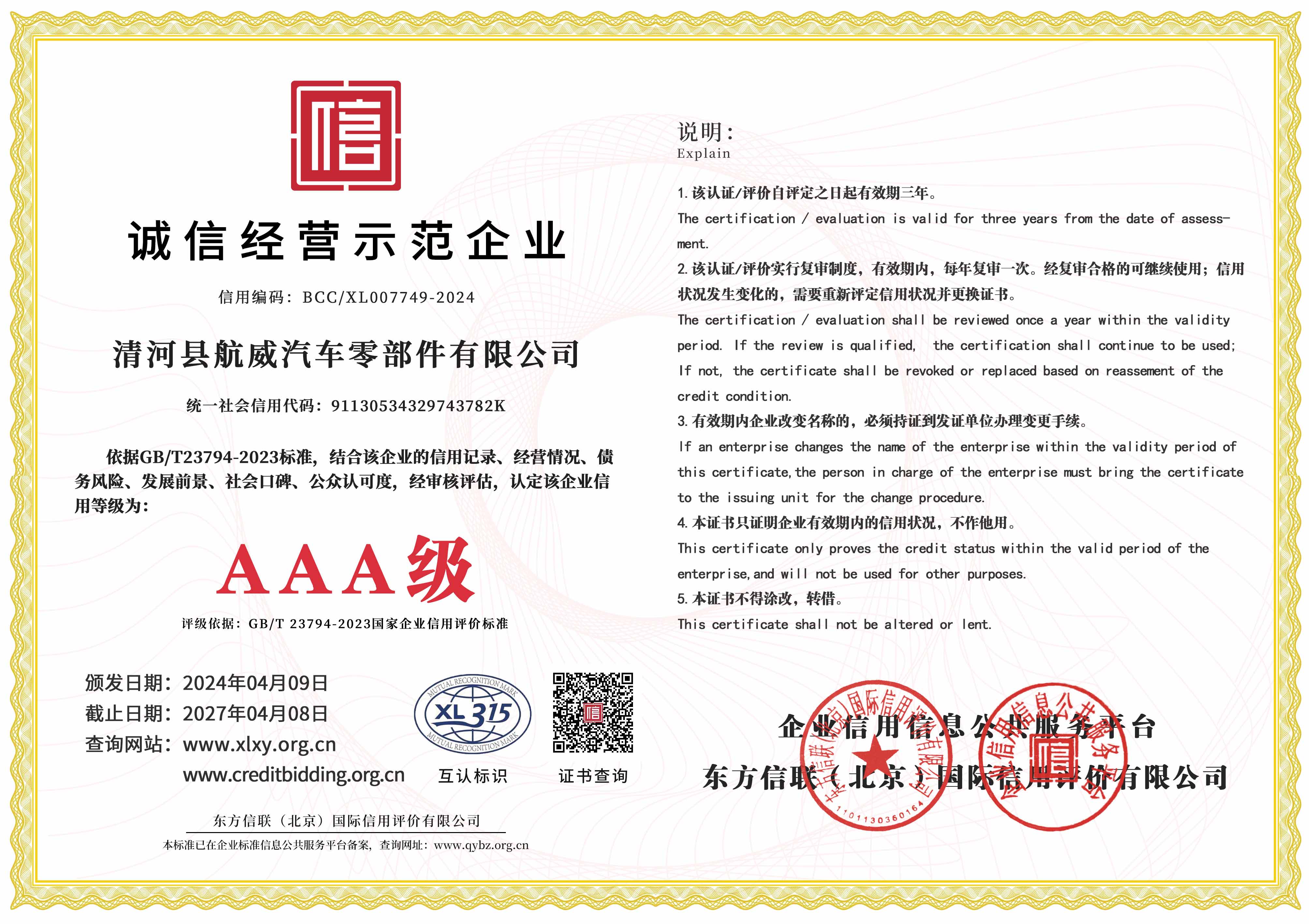Types of Handbrake Cables for Various Vehicle Models and Their Applications
Handbrake Cables An Essential Component for Vehicle Safety and Performance
Handbrake cables, often overlooked in discussions about vehicle maintenance, are crucial to ensuring the safety and performance of your car. These cables, designed to engage the parking brake, connect the handbrake lever in the cabin to the rear brake mechanism, allowing drivers to secure their vehicle when parked. Understanding the importance, functionality, and maintenance of handbrake cables is essential for every vehicle owner.
The Functionality of Handbrake Cables
The primary role of handbrake cables is to provide a reliable method for securing a vehicle when it is stationary. When the driver pulls the handbrake lever, the cables are activated, pulling the brake shoes against the drum brakes or engaging the calipers on disc brakes, depending on the vehicle's configuration. This mechanical action ensures that the vehicle does not roll away, especially on inclines.
In addition to their fundamental role in parking safety, handbrake cables are also vital for emergency situations. In the event of a failure in the primary braking system, the handbrake can serve as a backup to help bring the vehicle to a stop. Therefore, ensuring that these cables are in good working condition is essential not just for convenience, but for overall safety on the road.
Signs of Wear and Tear
Like any mechanical component, handbrake cables can suffer from wear and tear over time. Factors such as exposure to moisture, temperature fluctuations, and even road salt can contribute to their deterioration. As cables age, they may begin to fray, stretch, or even seize. Therefore, it’s essential for vehicle owners to regularly inspect their handbrake cables for any signs of damage.
Common indicators that your handbrake cables may need attention include a loose handbrake lever, difficulty in engaging or disengaging the brake, or a car that rolls when the handbrake is applied. If any of these symptoms are present, it is advisable to have the system inspected by a professional mechanic.
Replacement and Maintenance
Replacing a handbrake cable typically involves detaching it from the handbrake lever and the braking mechanism, which can be a straightforward task for those with mechanical knowledge. However, it’s important to source high-quality cables that are compatible with your vehicle's make and model. Aftermarket parts may provide cost savings, but they can sometimes sacrifice quality and durability. Investing in original manufacturer's parts is often the best course of action to ensure reliability.
handbrake cables made

Maintenance of handbrake cables primarily involves keeping them clean and lubricated. Regular inspections can help identify issues before they escalate and can extend the life of the cables. If you live in an area with harsh winters or a lot of road treatment chemicals, consider checking the cables more frequently, as they may be more susceptible to corrosion and wear.
Best Practices for Vehicle Owners
To keep your handbrake cables in optimal condition, consider the following best practices
1. Regular Inspections Make it a habit to check your handbrake cables during routine vehicle inspections or when performing maintenance. Look for signs of fraying, rust, or improper tension.
2. Keep It Clean Remove any debris or dirt that may inhibit the movement of the cables. Regular cleaning can prevent premature wear.
3. Lubrication Applying a suitable lubricant can help ensure smooth operation and prevent rust from forming on the cables. Be sure to use lubricants that are specifically designed for automotive use.
4. Professional Assistance If you’re unsure about the condition of your handbrake cables or your vehicle's braking system, seek advice from a professional mechanic. They can provide a thorough inspection and recommend necessary repairs or replacements.
Conclusion
In conclusion, handbrake cables are a vital component of a vehicle's safety system. Their role in both parking and emergency braking cannot be overstated. By understanding their importance and maintaining them properly, vehicle owners can enhance their safety on the road and ensure their vehicle operates effectively. Regular checks, proper maintenance, and timely replacements will contribute to a more secure driving experience and prevent costly repairs down the line. Whether you're a seasoned mechanic or a novice car owner, awareness of the significance of handbrake cables is essential for maintaining the integrity and safety of your vehicle.
-
Upgrade Your Vehicle with High-Quality Handbrake CablesNewsNov.01,2024
-
Optimize Your Bike's Performance with Quality CablesNewsNov.01,2024
-
Enhance Your Vehicle's Performance with Quality Clutch ComponentsNewsNov.01,2024
-
Elevate Your Vehicle's Performance with Quality Throttle CablesNewsNov.01,2024
-
Elevate Your Vehicle's Performance with Quality CablesNewsNov.01,2024
-
Affordable Solutions for Your Cable NeedsNewsNov.01,2024
